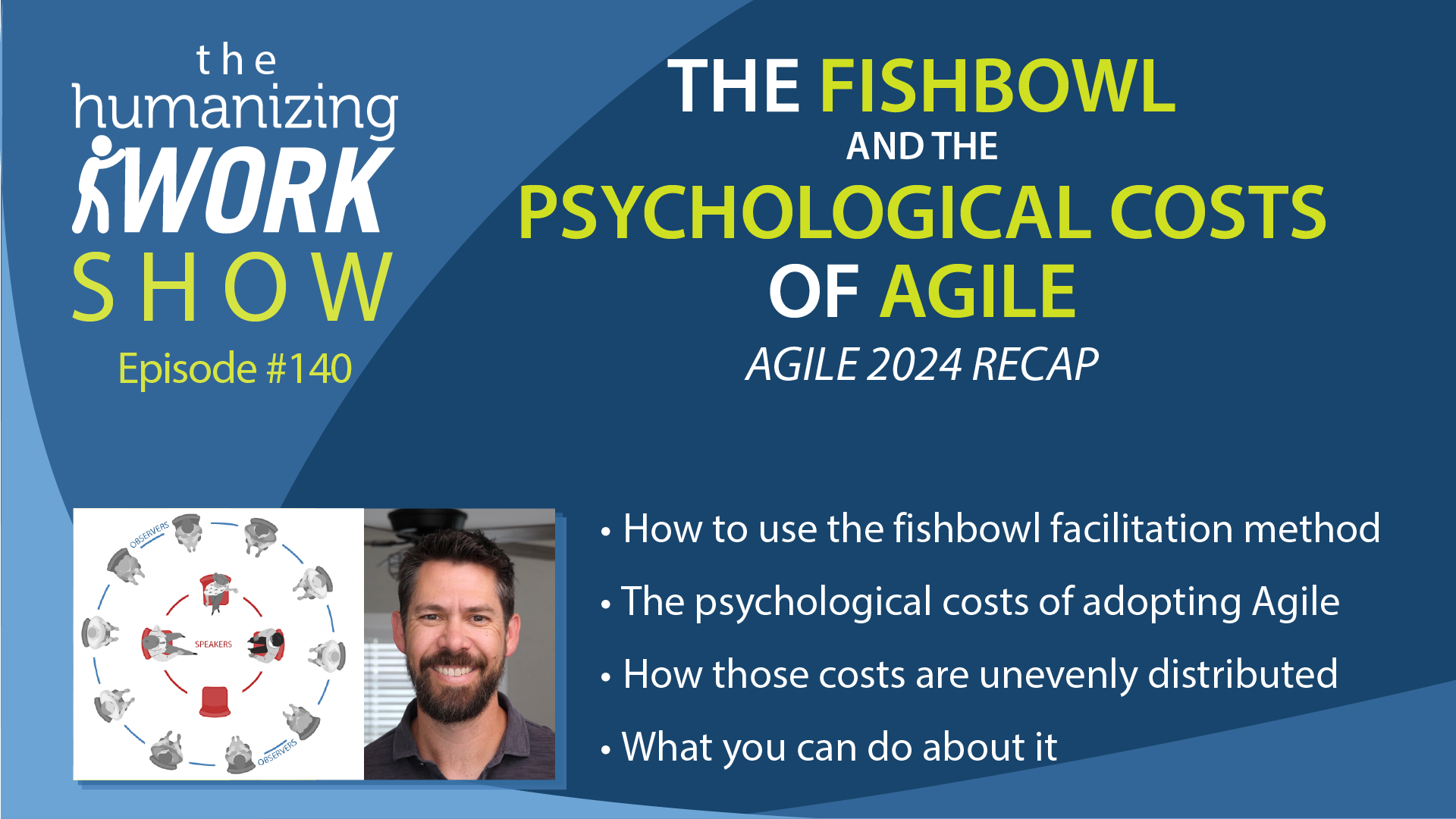"We've cut scope as much as we can, but the team still isn't fast enough." Sound familiar? In this episode, Richard and Peter reveal what actually makes teams faster—and it's probably not what you think. Learn the three key levers that influence team speed, common pitfalls to avoid, and practical steps you can take to sustainably increase your team's capacity. Perfect for engineering leaders, product managers, and anyone responsible for team performance. Read More
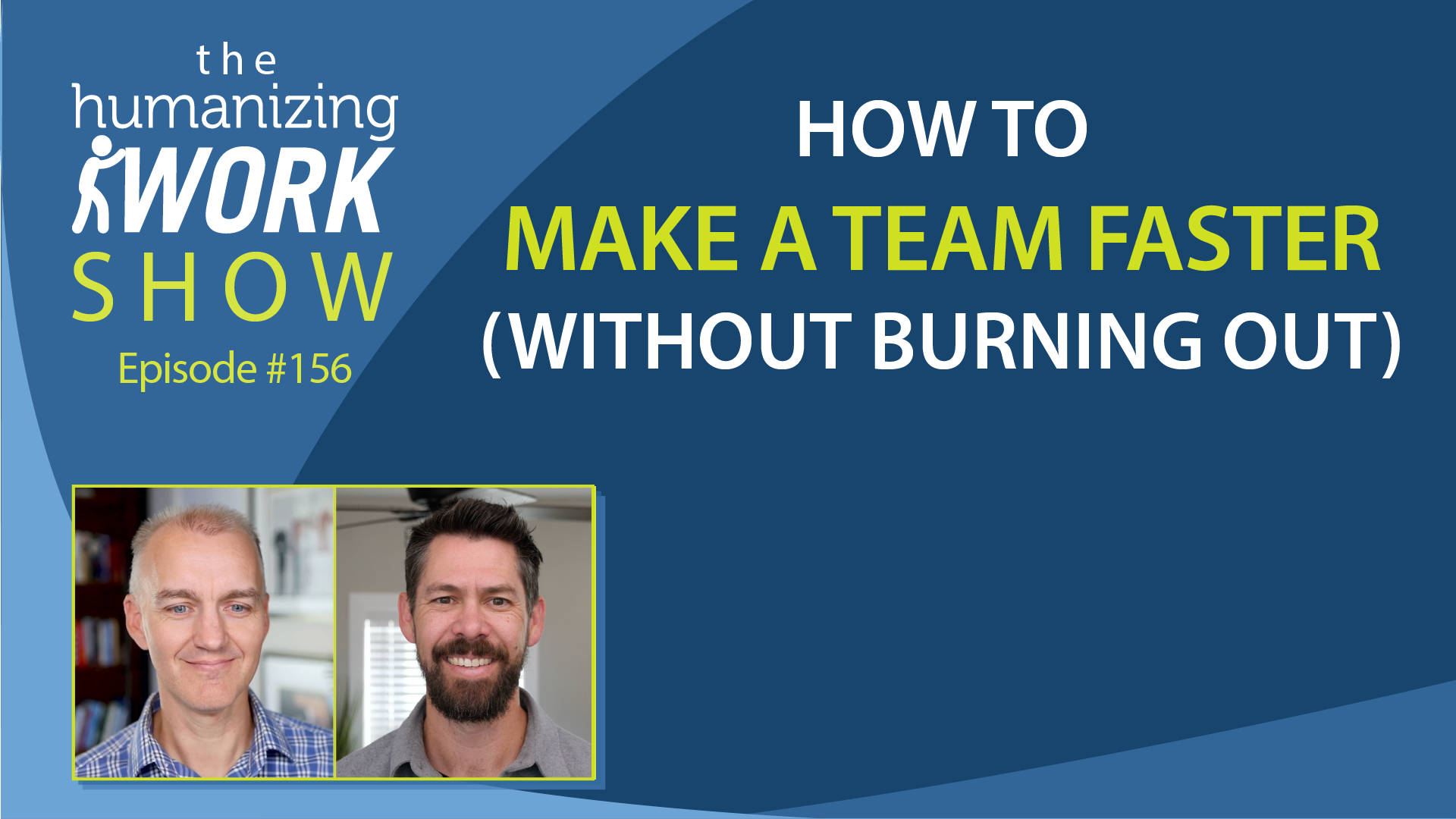
Are deadlines the enemy of Agile? Many teams think so. But while unreasonable deadlines can destroy morale and quality, legitimate business timing needs shouldn’t be ignored. In this episode, we explore how to work productively with deadlines while maintaining Agile principles. Read More

Get an inside look at how professional facilitators design and run high-stakes remote meetings. Follow along as we dissect a real 50-person marketing team retrospective, from initial planning through execution and lessons learned. Perfect for anyone looking to level up their meeting facilitation skills or manage large-scale remote collaboration. Read More
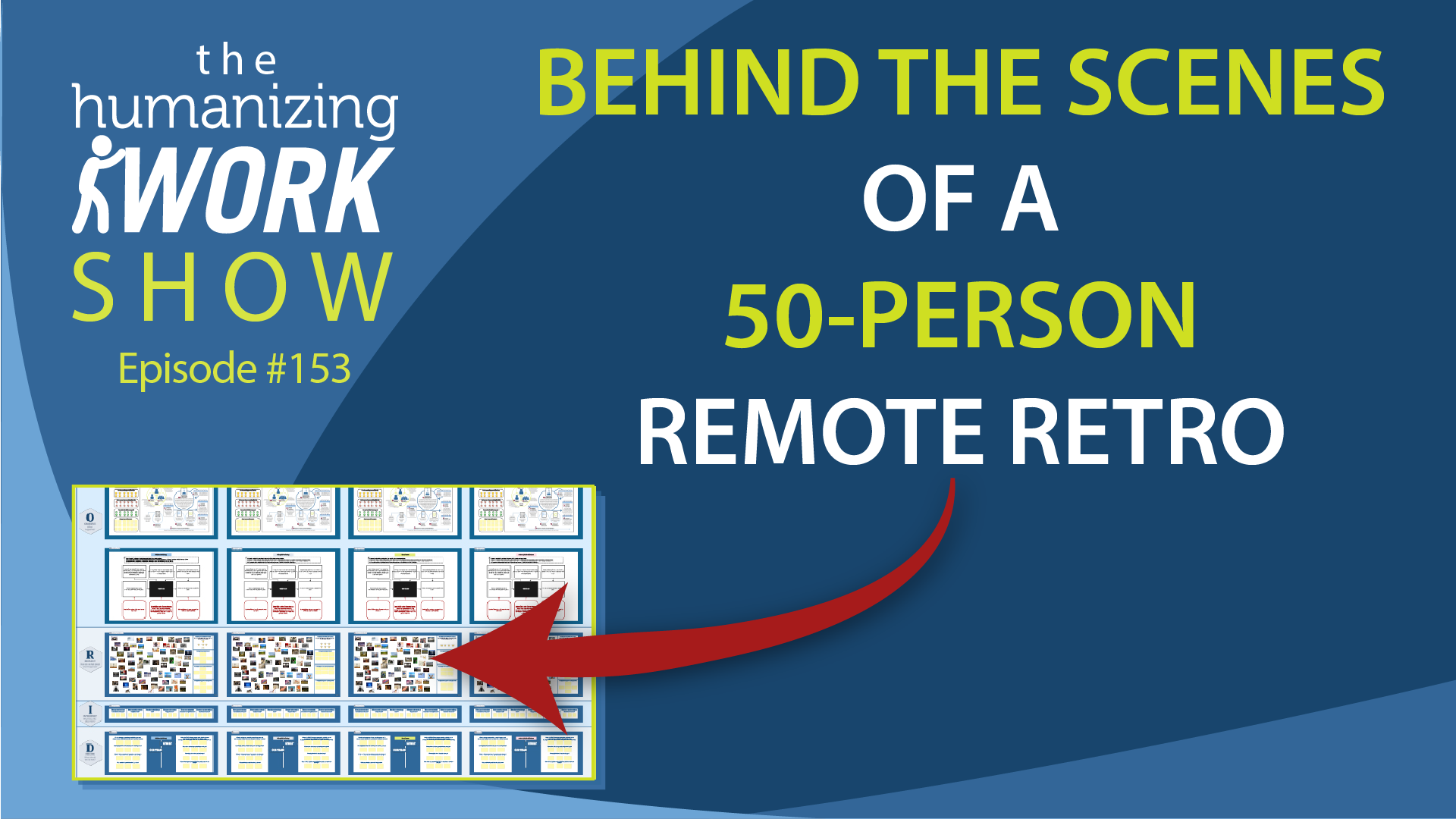
Does it take meeting after meeting to get to a decision in your organization? Do decisions you thought were done come back to life if someone later feels like they weren’t included enough?
In this episode, Richard and Peter discuss how to identify a consensus culture and share some practical tools and advice for making faster, more effective decisions while still maintaining the values that create a consensus culture. You don’t get better decisions in a consensus culture by just becoming individualistic and authoritarian—you get better decisions with better tools and skills. Read More
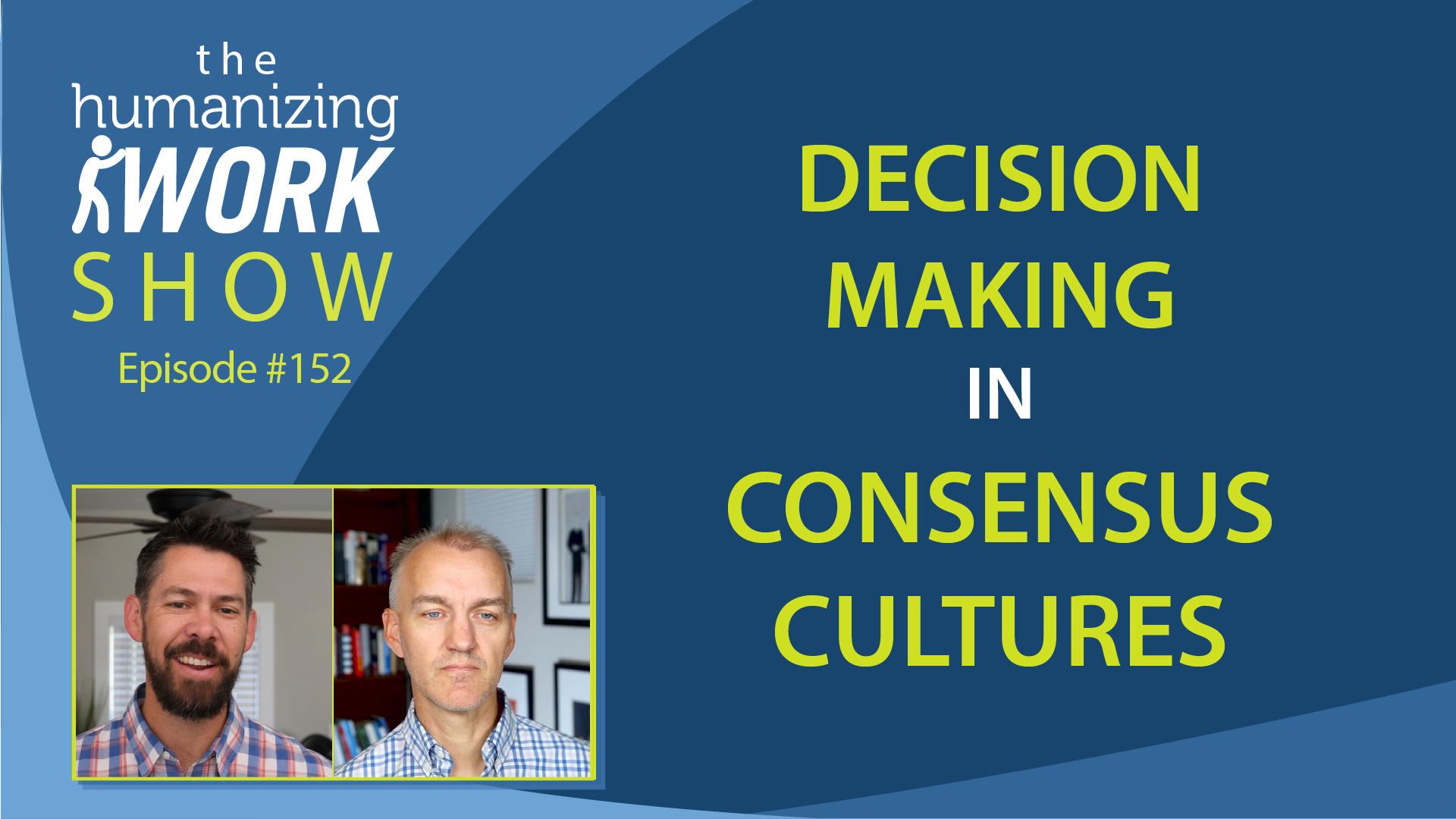
“We’re agile—we don’t need to plan.” “If you fail to plan, you are planning to fail.” Which is right?
In this episode, Peter and Richard explore two common mistakes around planning—either trying to plan everything or not planning at all—and why the alternative is something that looks like both planning and execution at the same time. Read More
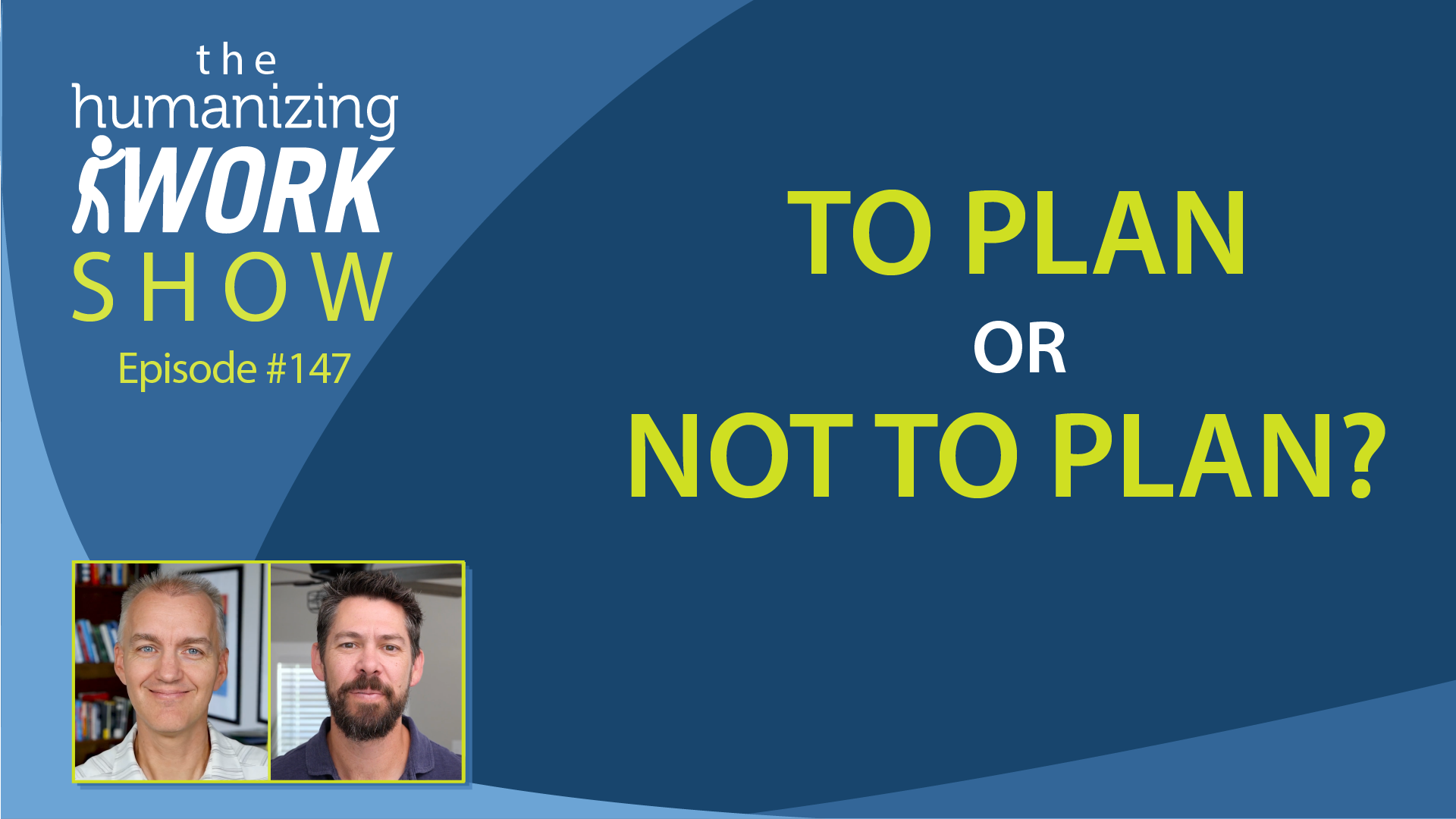
While creating clarity through purpose, vision, and strategy is often crucial, sometimes the best leadership move is to step back. In this episode, we explore the case of Buurtzorg, a Dutch home healthcare provider that's challenging conventional leadership wisdom: - When traditional purpose, vision, and strategy statements become unnecessary - How Buurtzorg scaled to 10,000+ employees with minimal management oversight - The power of intrinsic motivation in highly skilled professionals - Applying the Theory of Constraints to identify true leadership priorities Read More
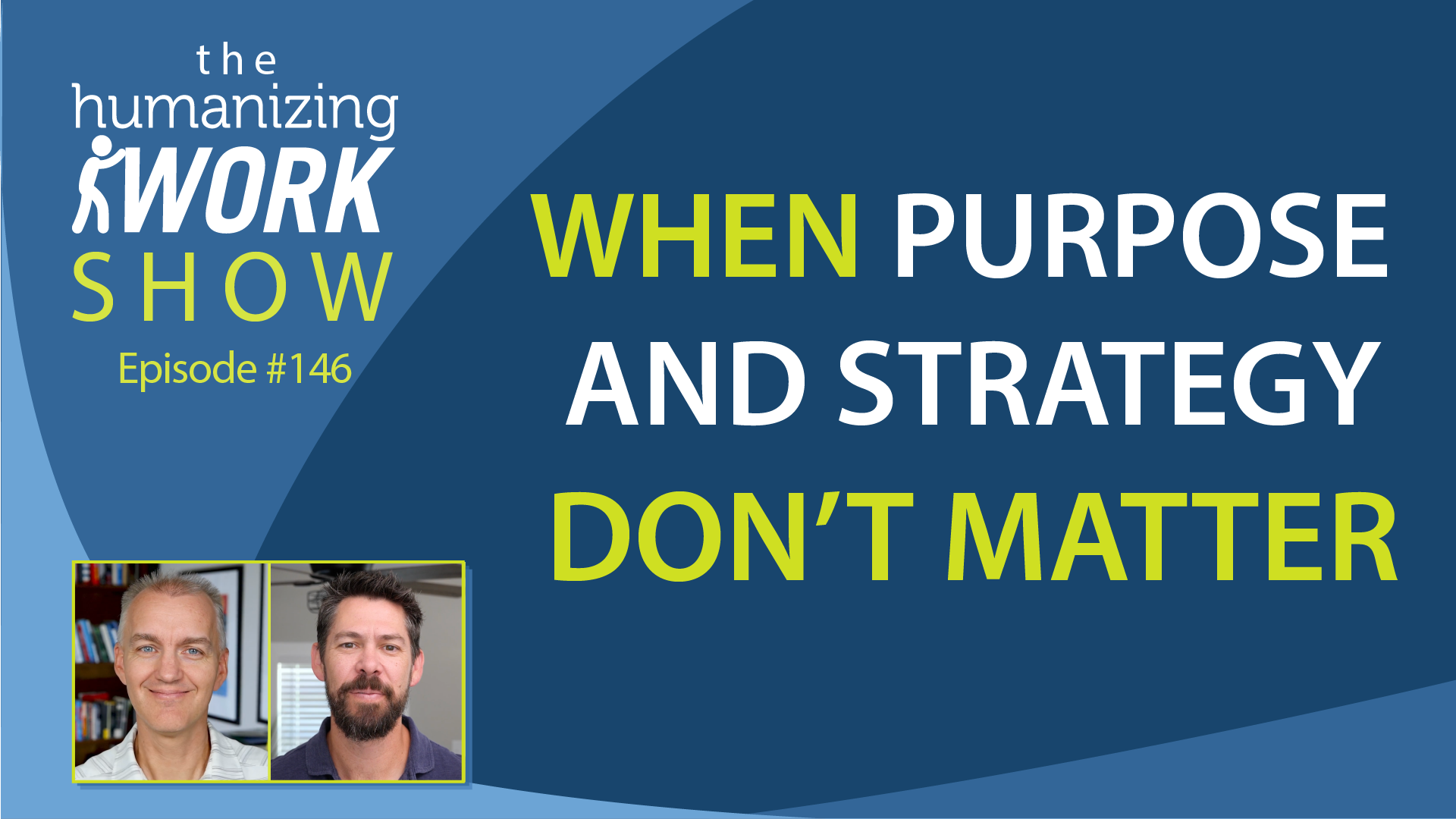
Most projects start green but end up in crisis mode. Instead, make your project "Earn Green" by directly tackling risk and complexity first. We’ll share real-world examples of how sequencing work this way makes the end of the project calm and peaceful, even when you can't ship incrementally. Whether you're a project manager seeking on-time delivery or an Agile advocate looking to make a difference, this episode offers practical insights to transform your project outcomes. Read More
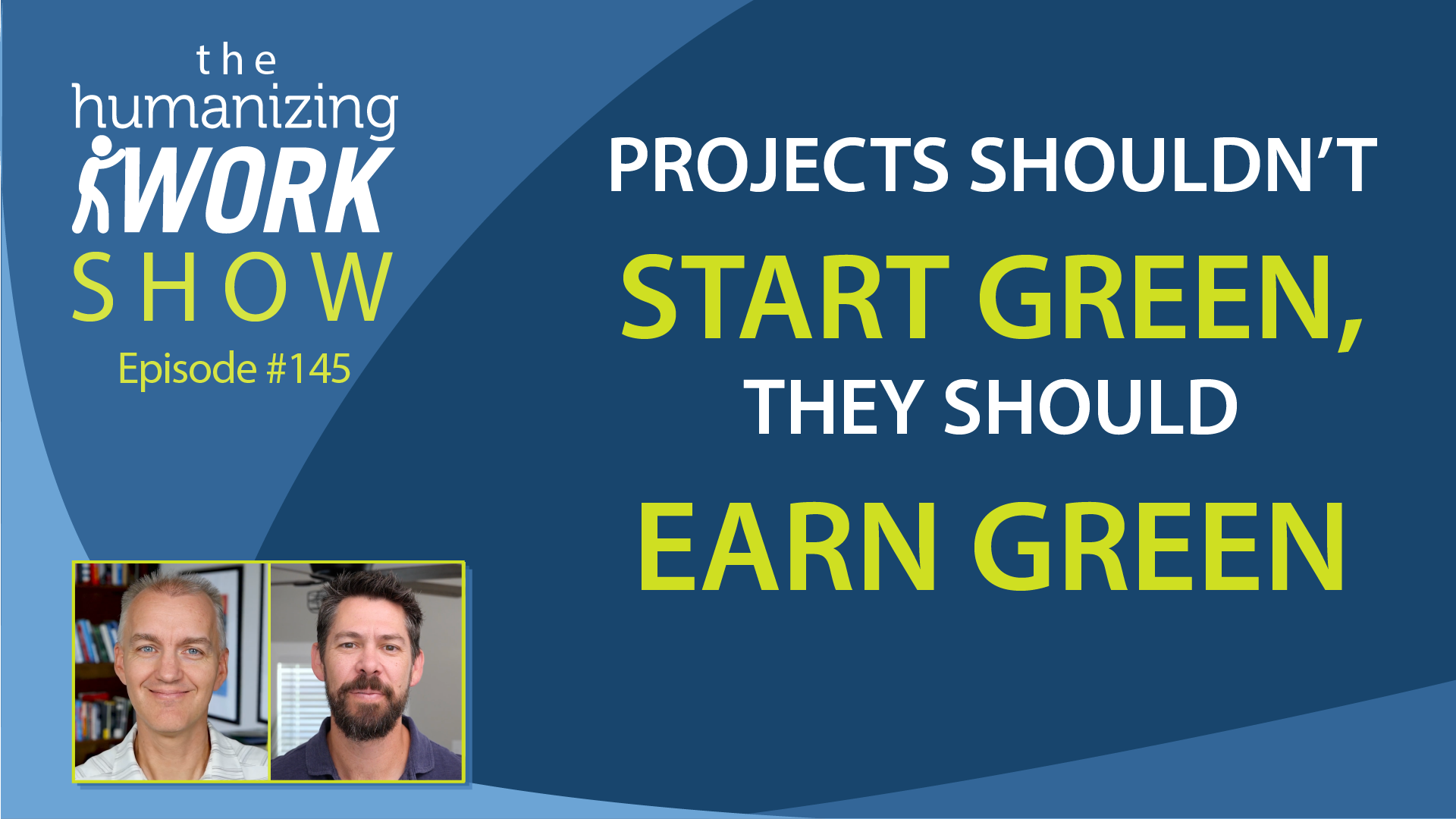
Prev 1 of 1 Next… Read More
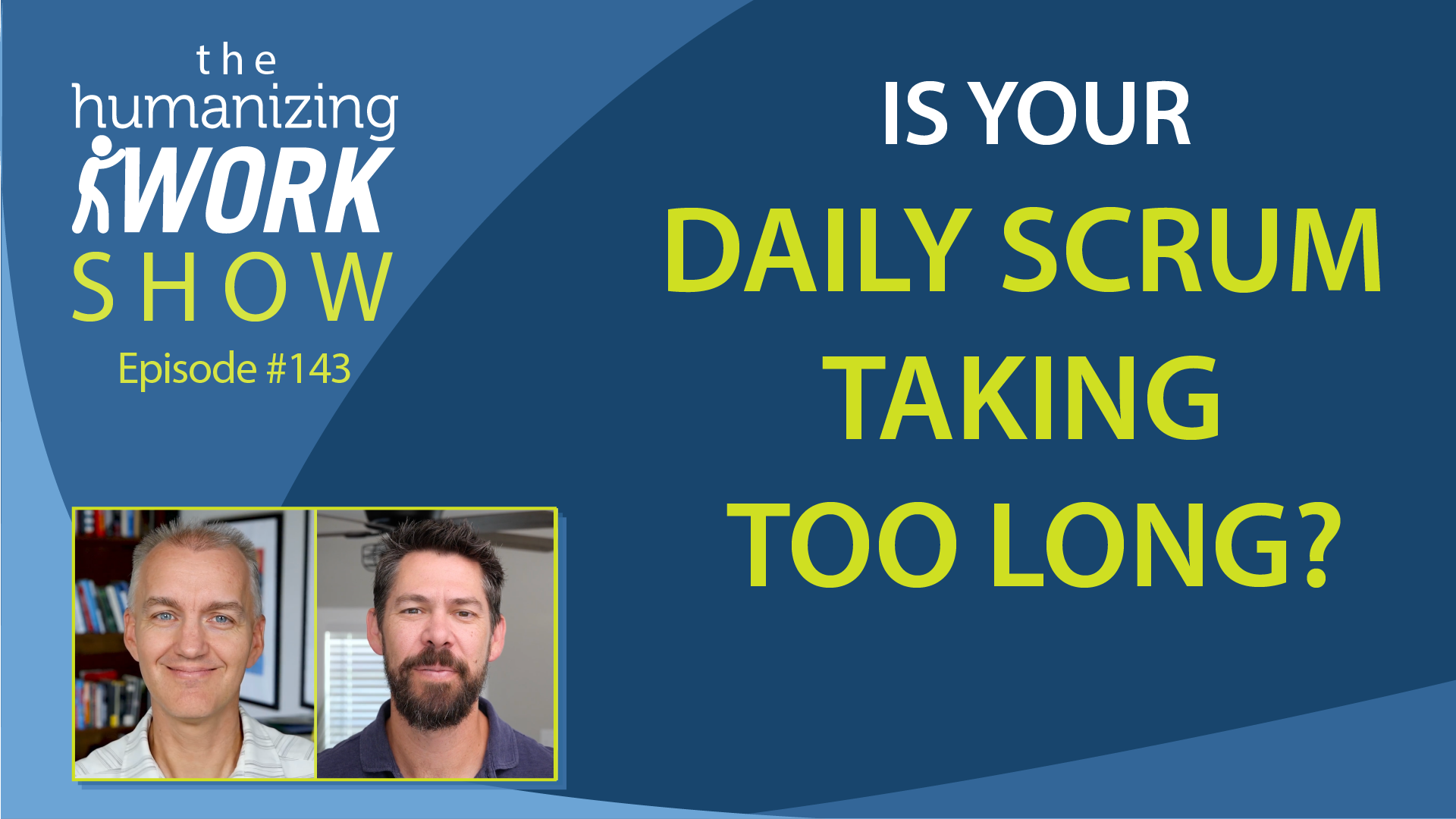
In this episode of the Humanizing Work Show, hosts Peter Green and Richard Lawrence dive into the art of setting effective team goals that drive motivation and performance. Discover the research-backed reasons why some goals inspire while others fall flat. Learn five actionable tips on how to set goals that your team will embrace, covering the Source, Size, Category, Criteria, and Persistence of the goals. Read More
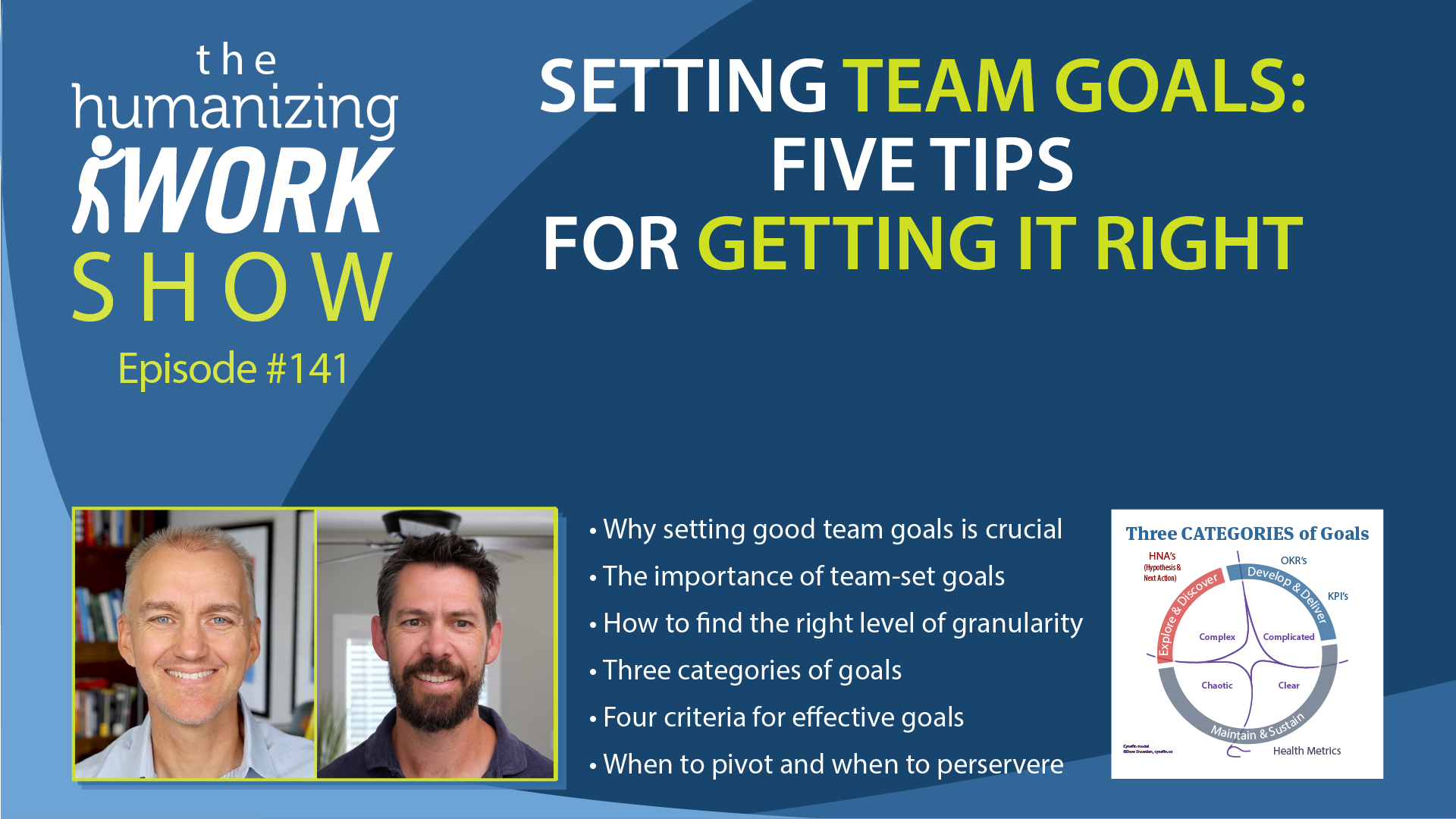
Richard facilitated a session at Agile2024 on “Addressing the Psychological Costs of Agile.” In this episode, he dives into the fishbowl facilitation method used in the session as well as some of the key takeaways from the conversation. Read More
